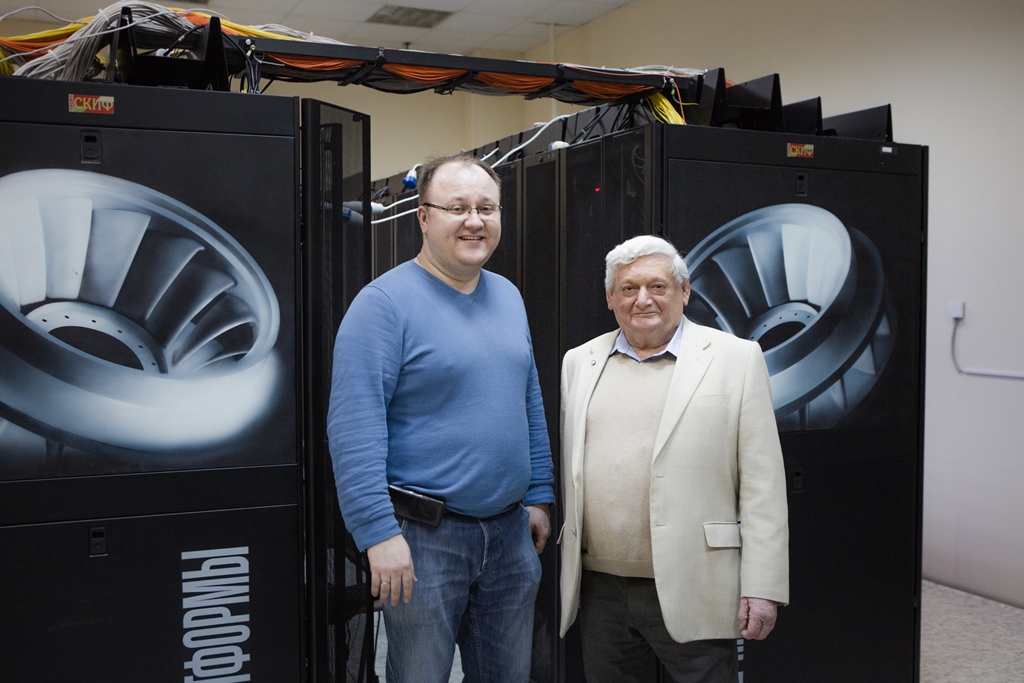Tomsk State University and INTERACT, the International Network for Terrestrial Research and Monitoring in the Arctic, are beginning a large-scale educational digital project. A new English-language resource will introduce visitors to the Arctic using different modes of visualization: computer animation, 3D tours, infographics, and others. Users will learn about the climate changes that are occurring in the northern macroregion and how they are affecting humans, and what research scientists are carrying out to understand and predict these processes.
- The new educational resource will be completely open and free, - says Terry Callaghan, the author of the idea, a professor at TSU and University of Sheffield, and one of the most well-known Arctic investigators. - This project is designed for a very wide audience: users can be schoolchildren, teachers, students, lecturers, scientists, and people who are completely far from science but have an interest in the major changes taking place on our planet.
The project will talk about the various subjects and phenomena studied by researchers: permafrost, the adaptation of microbes to survival on ice and snow, greenhouse gases and warming, what is happening with animals, plants, and people in new conditions, and others.

Various presentation formats will be used: small text files in the form of stories, computer graphics that will vividly present the most interesting phenomena, and 3D tours to scientific stations in the international INTERACT network. They will provide the users the effect of being present, to show them laboratories and how experiments are done. Among the 3D tours to international scientific stations will be one to Aktru, the high-altitude base of the TSU where Russian and international scientists conduct their research.
- The resource can be used for self-education and for expanding knowledge in different educational programs, - Terry Callaghan explains the idea of the project. - For example, when teachers give the children a paragraph about glaciers from a textbook , they also can use our project materials and view a video that shows this melting using computer graphics. Additional information will be provided on the possible causes of melting, the chemical and physical changes that accompany it, and the consequences of this for the environment.
This TSU and INTERACT project promises to be of interest to the scientific community, because this updated resource will contain data from the latest Arctic studies, both planned and already published in profile journals.
Considering that the resource will combine a very large volume of test and graphical data, we are considering the option of placing it on the computing cluster of TSU SKIF Cyberia. Developers plan to create two versions, for browsers and for mobile devices.
The prototype of the digital project was the book INTERACT Stories of Arctic Science. 120 experts from different countries participated in creating it: hydrologists, glaciologists, permafrost specialists, biologists, and other researchers. The editors of the multidisciplinary publication were Terry Callaghan, professor at TSU and University of Sheffield and the creator of the INTERACT project, and Hannele Savela, the coordinator of the project (University of Oulu, Finland).

